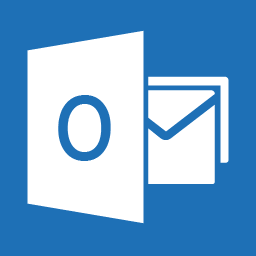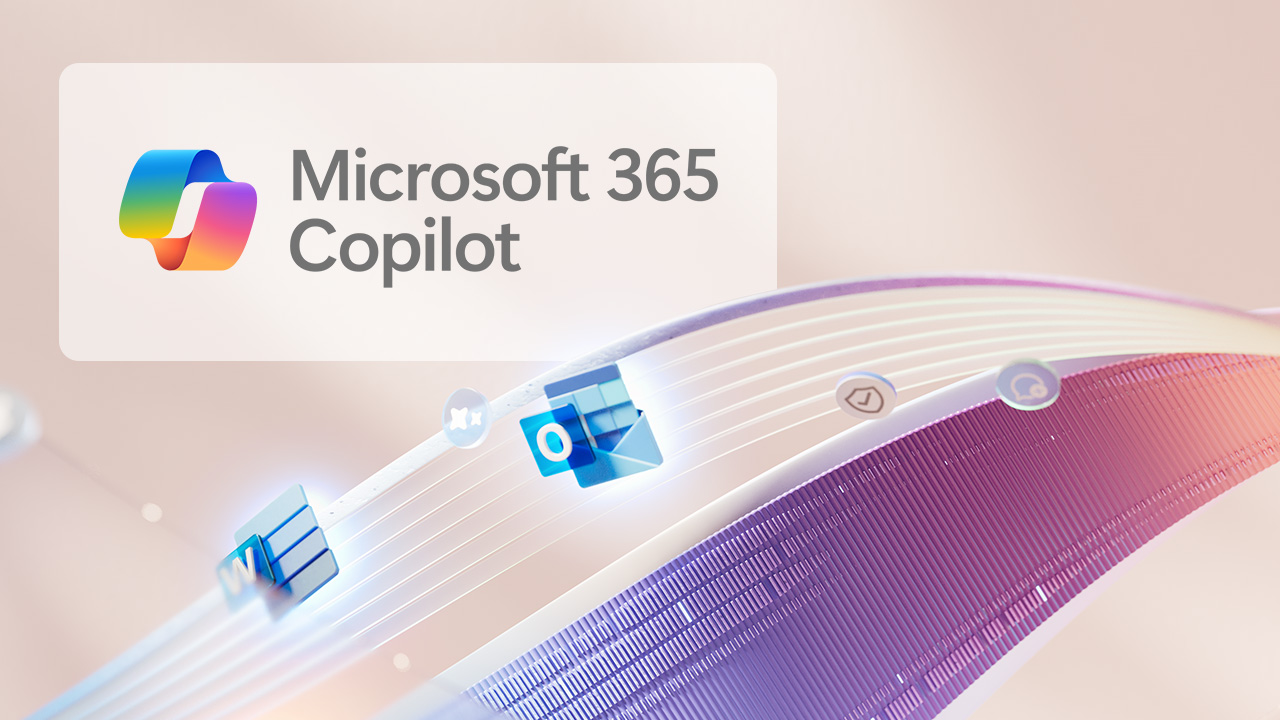During a recent Office365 migration, one of the questions that arose was what would happen to Outlook Autocomplete entries (also known as the Nickname cache) when migrating users from on-premise Exchange, to Office365. Many users rely on this list, and a common complaint when this goes missing is ‘my contacts have disappeared’. In fact users just often don’t use contacts because it requires manual steps to save someone’s details, they just rely on the fact that once they have emailed a user, Outlook remembers the name and they just have to start typing it and Outlook completes the address for them.
The answer, as with many things in IT, is ‘it depends’. Largely it depends on the Outlook client version.
Microsoft Office Outlook 2007 and earlier versions store the AutoComplete list in a nickname (.nk2) file on the disk. This is local to the PC, so if users login to a new PC, the cache won’t be there. Luckily you just need to find the nk2 file, copy it to the new PC, and then import it into Outlook. See https://support.office.com/en-gb/article/Import-or-copy-the-Auto-Complete-List-to-another-computer-83558574-20dc-4c94-a531-25a42ec8e8f0?pid=CH100776981033&CorrelationId=f2cb4593-2782-4f5c-9928-dc0c7d5a76e3&ui=en-US&rs=en-GB&ad=GB&ocmsassetID=HA010097887 for details on how to do this.
Outlook 2010 and later store the autocomplete list in a hidden folder in the user’s mailbox. The great thing about this is that when setting up a new PC if the user opens the same mailbox then the list will be there already as soon as the mailbox is opened. So when migrated to Office365, this hidden folder is migrated along with the user’s email. When they login to their mailbox through Outlook, it should be available.
Also note that Outlook Web App uses its own auto complete list, this is not the same as the one used by Outlook.
One final thing to note, is that if users autocomplete list is lost or accidentally deleted, one way of repopulating it is to draft an email with all of the users contacts in, and save it (but do NOT send!). This adds all of the addresses to the cache.
See ‘Information about the Outlook AutoComplete list’
https://support.microsoft.com/en-us/help/2199226 for more details.
Share this:
- Click to share on Facebook (Opens in new window) Facebook
- Click to share on LinkedIn (Opens in new window) LinkedIn
- Click to share on Reddit (Opens in new window) Reddit
- Click to share on X (Opens in new window) X
- Click to email a link to a friend (Opens in new window) Email
- Click to print (Opens in new window) Print


